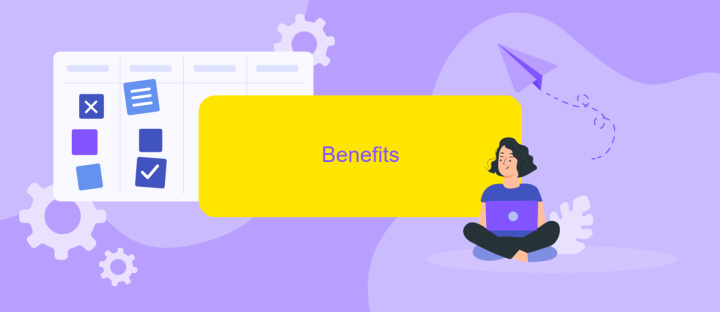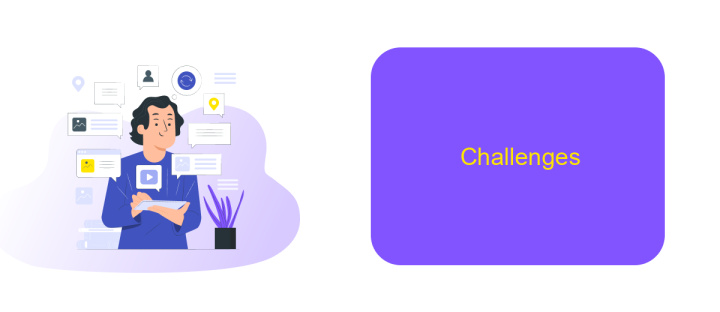UiPath Floating Robot Vs Standard
In the rapidly evolving world of robotic process automation (RPA), choosing the right type of robot is crucial for optimizing efficiency and cost. UiPath offers two primary options: Floating Robots and Standard Robots. This article delves into the key differences between these two types, helping you make an informed decision to best suit your business needs and operational goals.
Overview
UiPath offers two types of robots: Floating Robots and Standard Robots. Understanding the differences between these two can help organizations optimize their automation strategies. Floating Robots are designed for environments where multiple users share a pool of machines, offering flexibility and scalability. On the other hand, Standard Robots are tied to specific machines, ideal for dedicated tasks and consistent environments.
- Floating Robots: Ideal for shared environments, providing flexibility and scalability.
- Standard Robots: Tied to specific machines, suitable for dedicated and consistent tasks.
- Scalability: Floating Robots offer better scalability compared to Standard Robots.
- Flexibility: Floating Robots can be reallocated as needed, while Standard Robots remain fixed.
Choosing between Floating and Standard Robots depends on the specific needs of your organization. For instance, if you need to integrate various services and automate workflows seamlessly, tools like ApiX-Drive can be instrumental. ApiX-Drive simplifies the integration process, allowing you to connect UiPath with numerous other platforms efficiently. This ensures that your automation workflows are smooth and effective, regardless of the robot type you choose.
Features

UiPath offers two types of robots: Floating and Standard, each with distinct features tailored to different organizational needs. The Floating Robot is designed for environments where flexibility is paramount. It allows multiple users to access automation resources from any machine within the network, making it ideal for dynamic workspaces. This robot type is particularly beneficial for remote teams or companies with hot-desking policies, as it ensures that automation capabilities are always available, regardless of the physical location of the user.
On the other hand, the Standard Robot is tied to a specific machine, providing a stable and consistent automation environment. This is suitable for tasks that require high reliability and minimal variation in execution. For organizations looking to integrate UiPath with other systems, services like ApiX-Drive can streamline the process. ApiX-Drive facilitates seamless integration between UiPath and various third-party applications, enhancing the overall efficiency and effectiveness of automation workflows. By leveraging these features, businesses can optimize their automation strategies to meet specific operational demands.
Benefits

Choosing between UiPath Floating Robot and Standard Robot can significantly impact your automation strategy. Each has its own unique benefits that cater to different organizational needs.
- Flexibility: Floating Robots offer greater flexibility as they are not tied to a specific machine. This allows for dynamic allocation based on demand.
- Cost Efficiency: Standard Robots are cost-effective for dedicated tasks, reducing the need for frequent reconfiguration.
- Scalability: Floating Robots are ideal for scaling operations, especially for enterprises with fluctuating workloads.
- Resource Optimization: Standard Robots ensure optimal use of resources by being dedicated to specific tasks, leading to improved performance.
- Integration: Both types can be seamlessly integrated with tools like ApiX-Drive, ensuring smooth data flow and enhanced automation capabilities.
In summary, the choice between Floating and Standard Robots depends on your specific needs. Floating Robots offer flexibility and scalability, making them suitable for dynamic environments. On the other hand, Standard Robots provide cost efficiency and resource optimization, ideal for consistent, repetitive tasks. Integrating with services like ApiX-Drive can further enhance their functionality.
Challenges

Implementing UiPath Floating Robots and Standard Robots presents several challenges that organizations must navigate. One of the primary issues is the complexity involved in managing different types of robots within the same infrastructure. Ensuring seamless integration and coordination between floating and standard robots can be time-consuming and technically demanding.
Another significant challenge is the allocation of resources. Floating robots, which can be dynamically assigned to different tasks, require a robust management system to optimize their use. In contrast, standard robots are typically fixed to specific tasks, making it easier to predict their resource needs but harder to reassign them as requirements change.
- Complex integration processes
- Resource allocation and optimization
- Management of mixed robot environments
- Ensuring high availability and reliability
To address these challenges, leveraging integration services like ApiX-Drive can be beneficial. ApiX-Drive simplifies the integration process by providing a user-friendly interface and automated workflows, making it easier to manage both floating and standard robots efficiently. By utilizing such tools, organizations can mitigate the complexities and enhance the overall performance of their robotic process automation (RPA) systems.
Conclusion
In conclusion, choosing between UiPath Floating Robot and Standard Robot largely depends on your organization's specific needs and infrastructure. Floating Robots offer greater flexibility and scalability, making them ideal for dynamic environments where processes and workloads frequently shift. On the other hand, Standard Robots provide a more straightforward and stable solution for fixed tasks and environments, ensuring consistent performance without the need for extensive configuration.
For organizations looking to optimize their automation strategies, integrating with services like ApiX-Drive can further enhance efficiency. ApiX-Drive simplifies the integration process, allowing seamless communication between UiPath and various other platforms. This can significantly reduce the time and effort required to set up and maintain automation workflows, ultimately leading to more streamlined operations and better resource utilization. By carefully evaluating your requirements and leveraging the right tools, you can maximize the benefits of both UiPath Floating and Standard Robots to drive your automation initiatives forward.


FAQ
What is the main difference between a UiPath Floating Robot and a Standard Robot?
When should I use a Floating Robot instead of a Standard Robot?
Can I convert a Standard Robot to a Floating Robot in UiPath?
How do I manage Floating Robots in UiPath Orchestrator?
What services can help with integrating and automating processes using UiPath Robots?
Apix-Drive is a universal tool that will quickly streamline any workflow, freeing you from routine and possible financial losses. Try ApiX-Drive in action and see how useful it is for you personally. In the meantime, when you are setting up connections between systems, think about where you are investing your free time, because now you will have much more of it.

